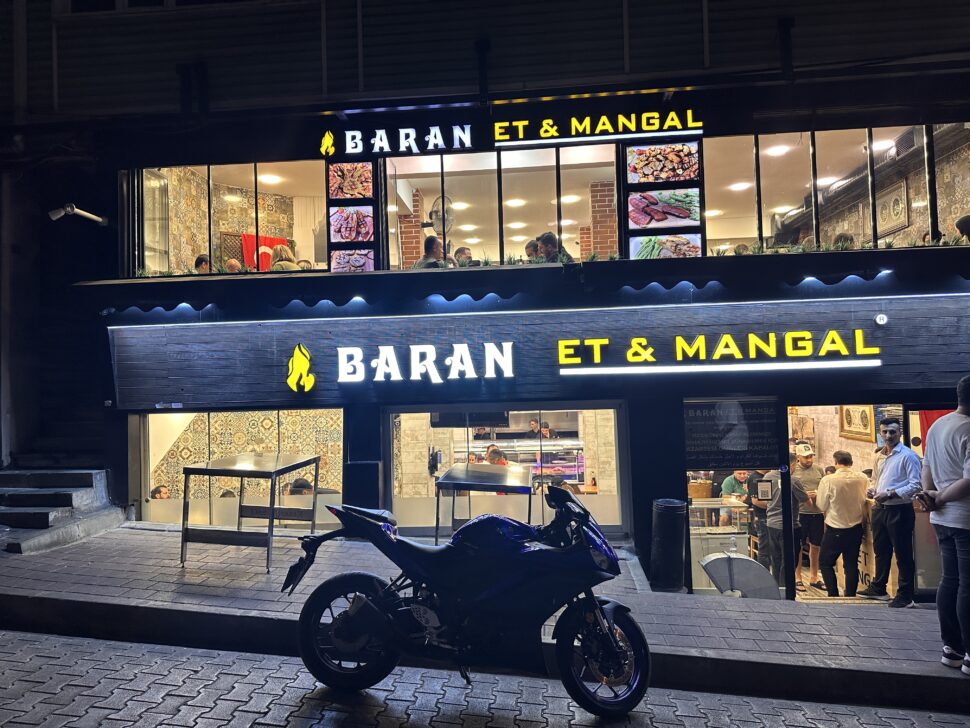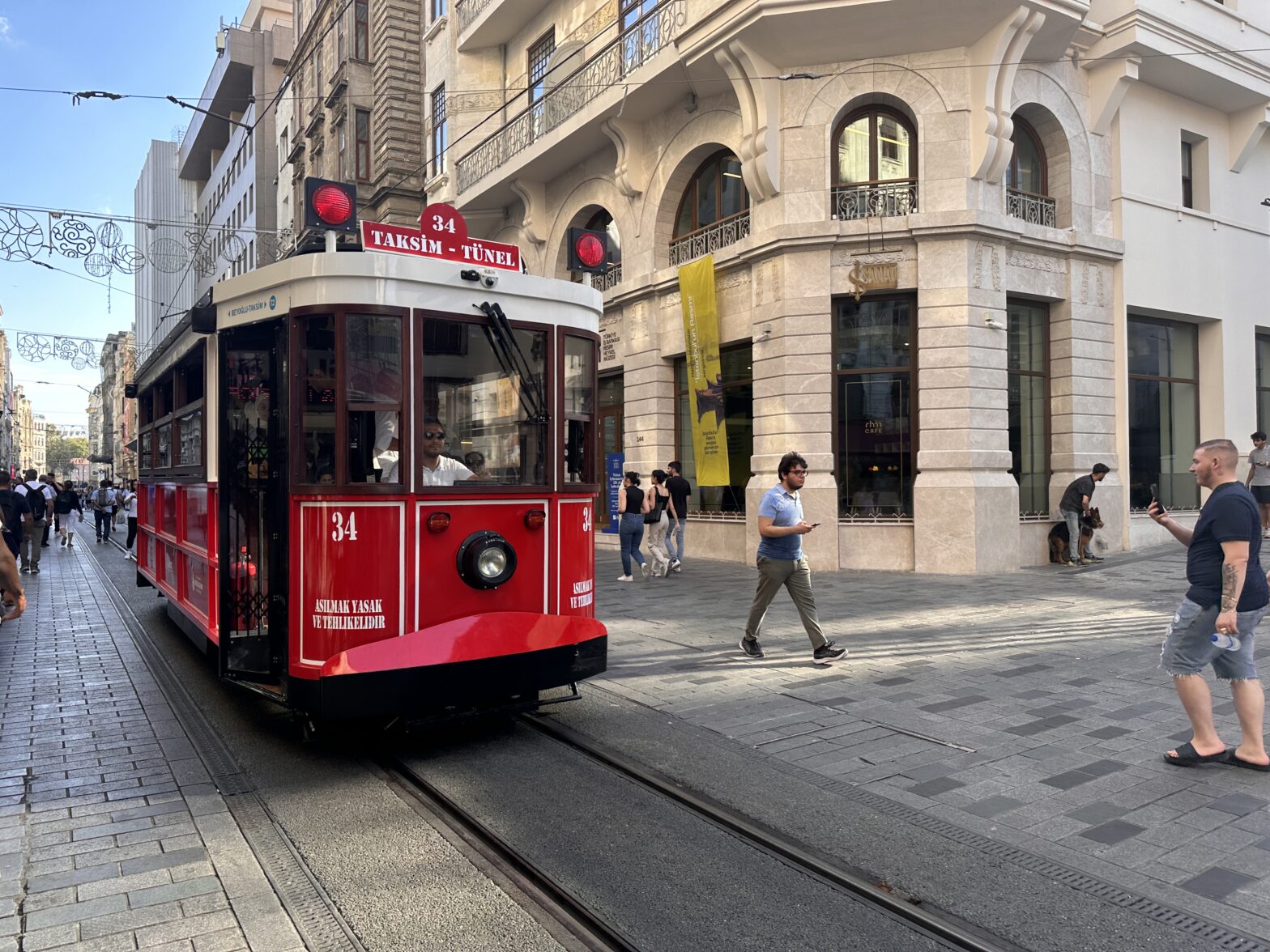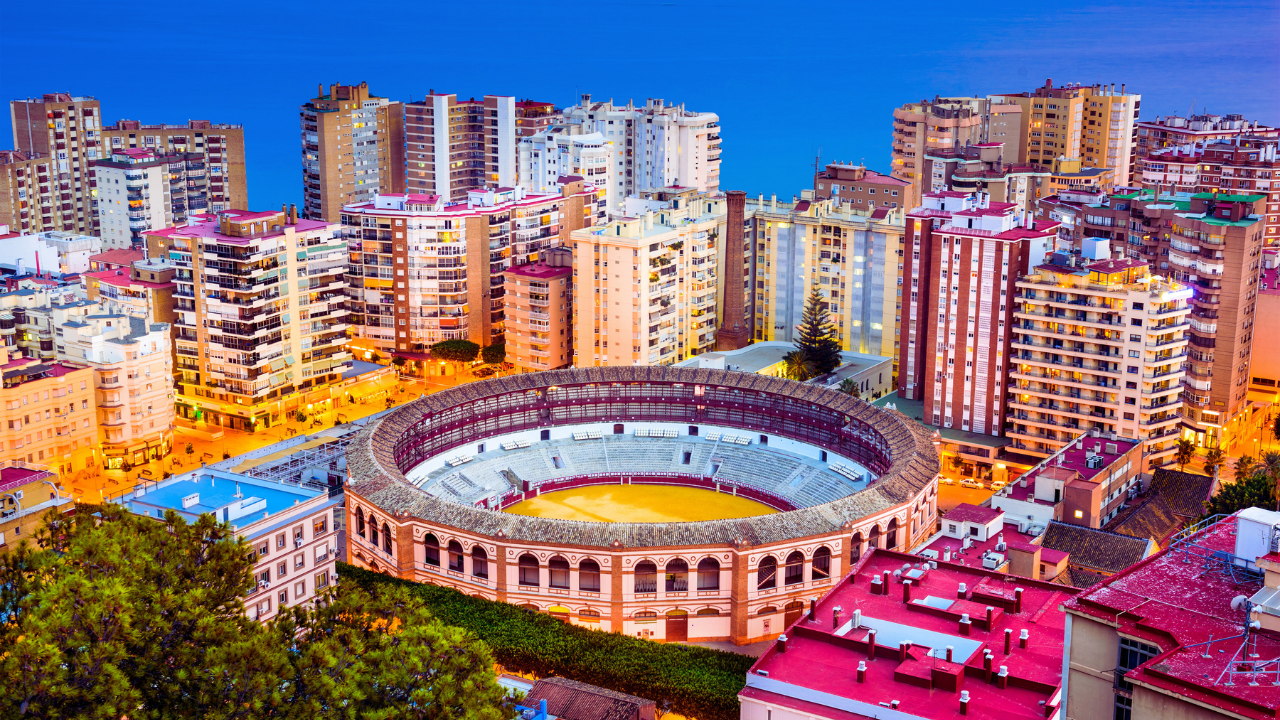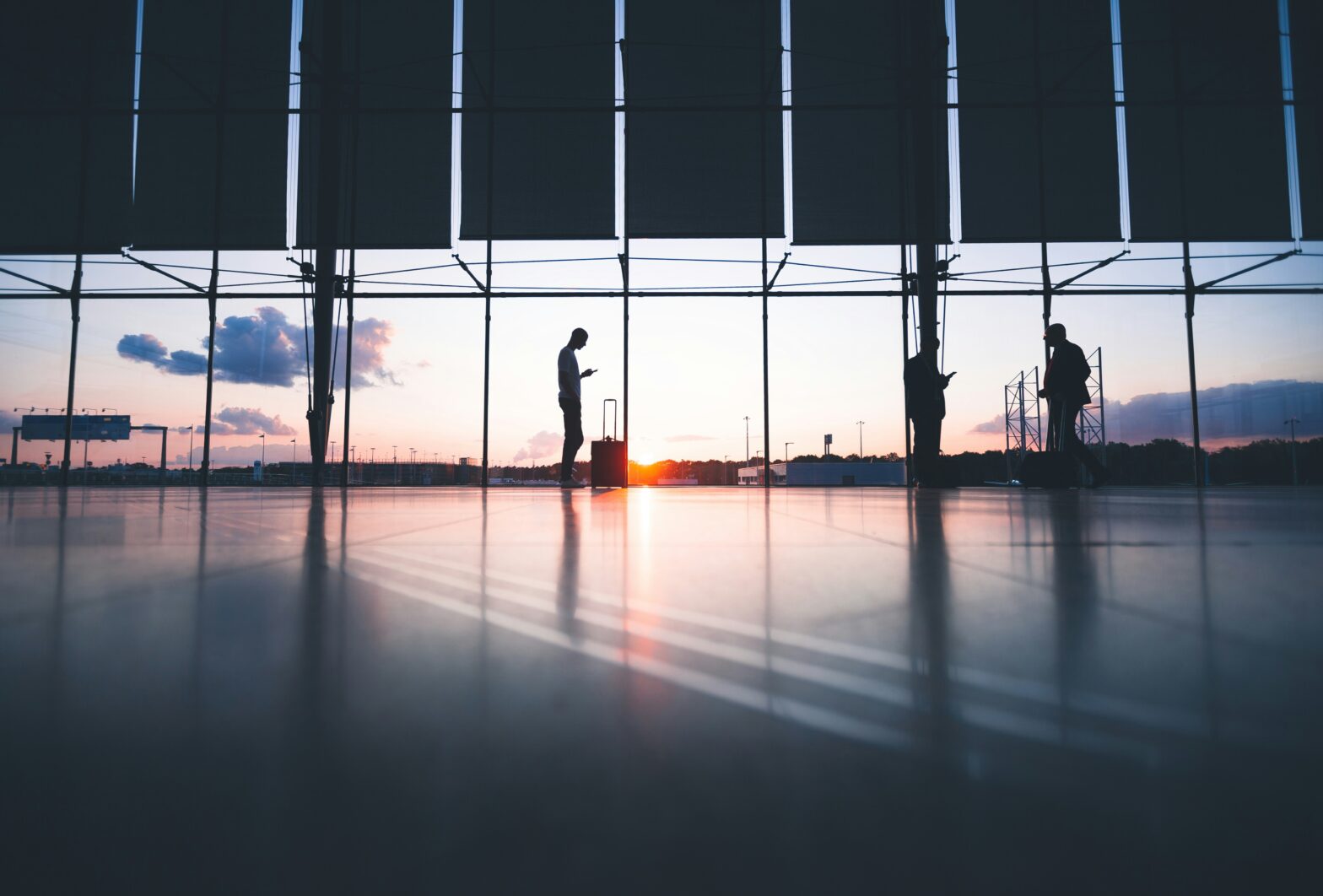Hagia Sophia, Topkapi Palace, Galata Tower, The Blue Mosque, the Grand Bazaar, and the Basilica Cistern are the top attractions that anyone who has visited Istanbul will tell you to put at the top of your itinerary, and for good reason. All these places help put the pieces together of what makes Istanbul an incredible city with a history that dates back over 2,600 years. However, these famous sites only scratch the surface of what makes this one of the most exciting cities in Europe (and Asia).
The Aqueduct Of Valens
Away from the famous attractions lies an incredible place for dinner – the highlight of our entire trip. But on the way, we came across The Aqueduct of Valens during our walk to the restaurant.
This Roman aqueduct system was built in the 4th century AD to supply water to Constantinople, the capital of the Roman Empire, before it was renamed Istanbul.
We started at the Sultanahmet Tram Station and then headed up towards Bağcılarm. We got off at Aksaray before walking the rest of the way, about eight to ten minutes. You can’t miss what appears to be a stoned city wall. That will be the aqueduct.
Baran Et And Mangal Restaurant

During the aforementioned journey, we were heading to Baran Et and Mangal Restaurant. It’s a two-floor traditional Turkish comfort food restaurant serving the best barbecue in Istanbul. It is well worth the hike to get there.
Pro Tip: Don’t wait until the last minute to go. The earlier, the better, as the restaurant ran out of lamb towards the end of the night.
The Chora Museum
Also known as the Kariye Mosque, the Chora Museum is a former church converted into a Mosque. Located in the Edirnekapi neighborhood in the Fatih district, the museum’s mosaics and frescoes are some of the most stunning and preserved examples from the Byzantine era or Eastern Roman Empire.
Getting to The Chora Museum will take a little effort because it’s about 15 minutes from the city center. If you take the city tram from Sultanahmet station, head on the T1 tram towards Bağcılar and get off at Topkapi. From there, you can walk the rest of the way or get on the bus at the Pazariçi – Topkapi stop. Get off at Edirnekapi, walk for about 10 minutes, and then you will arrive. It should take anywhere from 30-45 minutes. It’s a great way to see more of the city. A taxi will also get you there, but taxis are more expensive.
The Theodosius (Şerefiye Cistern)
There are more than 80 cisterns in Istanbul, and while the Basilica Cistern is the most popular and grand of them all, don’t hesitate to visit Theodosius. What’s great about Theodosius Cistern is that there are hardly any crowds compared to its famous cousin, Basilica Cistern.
With over 1600 years of history, the cistern is one of the earliest examples of water structures in the city’s early days. Because of its architectural characteristics, historians believe it was built during the rule of Theodosius II (408 – 450). The cistern is made of Marmara Island marble and has high ceilings, 45 sail vaults, and 32 columns.
Umbrella Street In Kadıköy

One of my biggest regrets is not spending more time in Kadıköy, an exciting neighborhood on Istanbul’s Asian side. The energy is fun and vibrant, and the neighborhood is full of boutiques, cafes, colorful homes, street markets, vendors, and so much more.
During a nighttime stroll, we stumbled upon one of several Umbrella Streets in Istanbul. The best way to find this one is to plug in London Pub in your GPS. I was so intrigued by the umbrellas that I decided to stop and sit outside at the first bar I saw. There are several other bars and cafes along this narrow street.
Rüstem Pasha Mosque
The Blue Mosque was an incredible experience, but the number of people was overwhelming. A local told us about Rüstem Pasha Mosque near the Spice Bazaar. The mosque was constructed in 1561 by the great architect Mimar Sinan.
You can reach the mosque by climbing the curved staircases on each side. Although the mosque is small compared to The Blue Mosque, it doesn’t lack awe. It’s decorated with the most famous Iznik tiles from the era.





